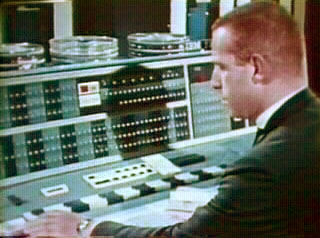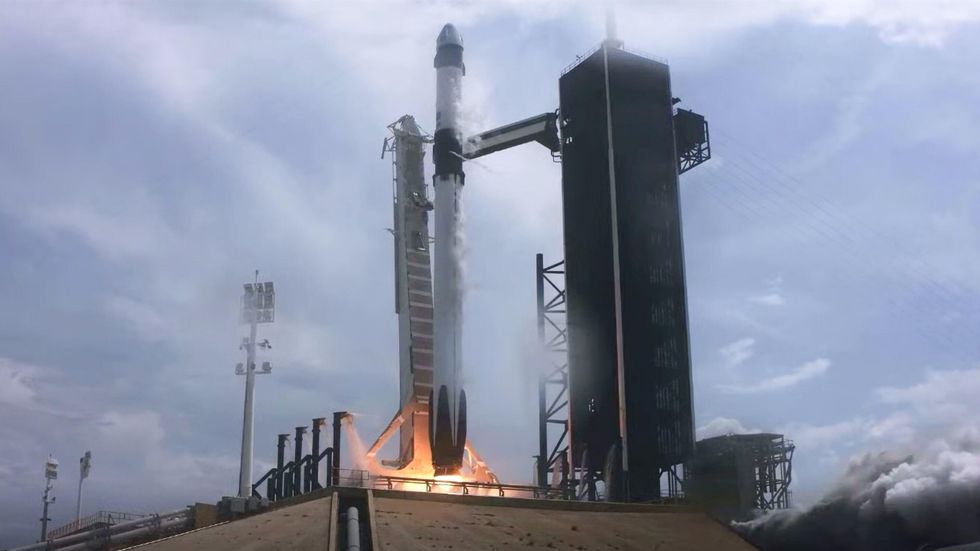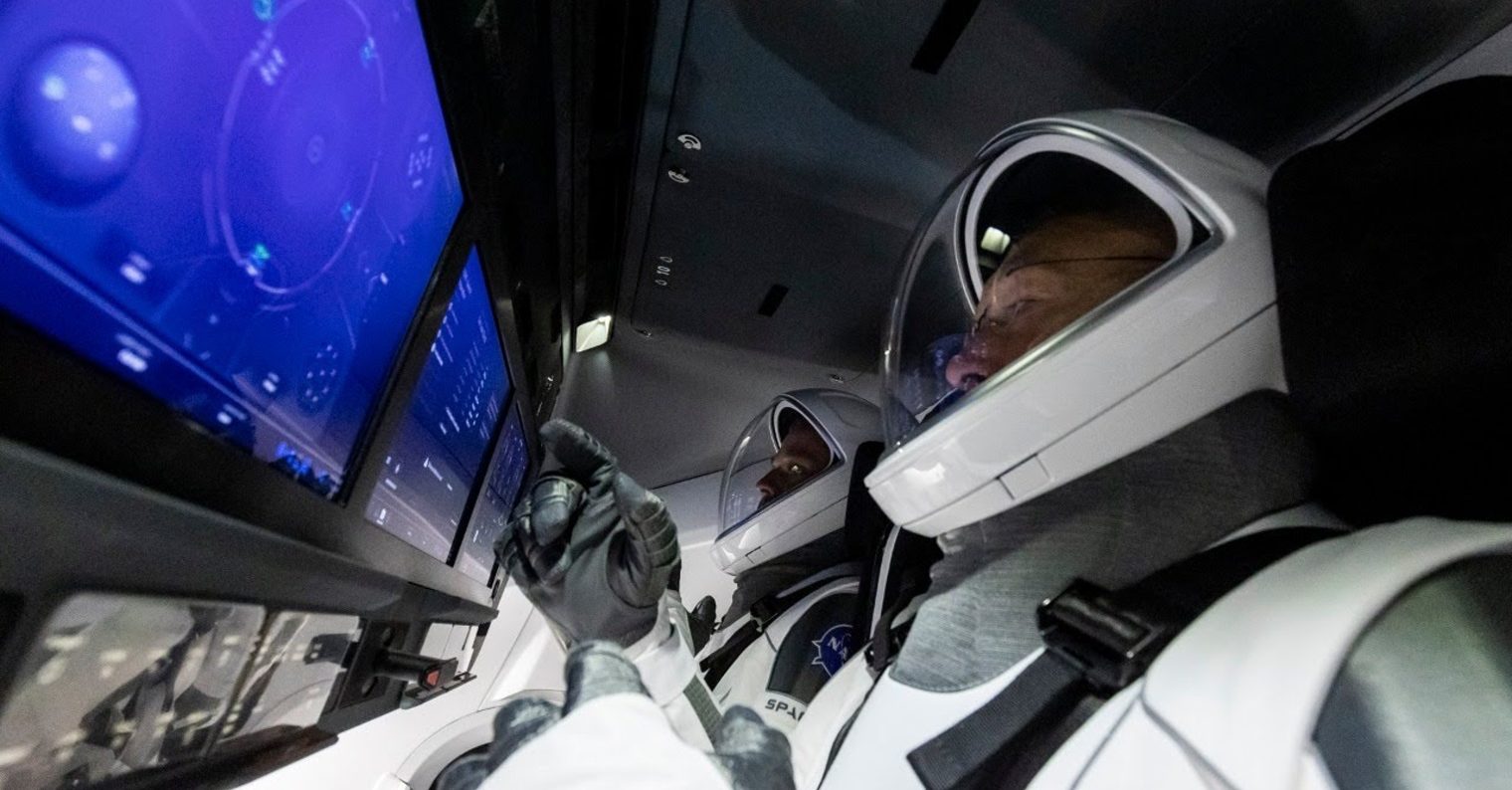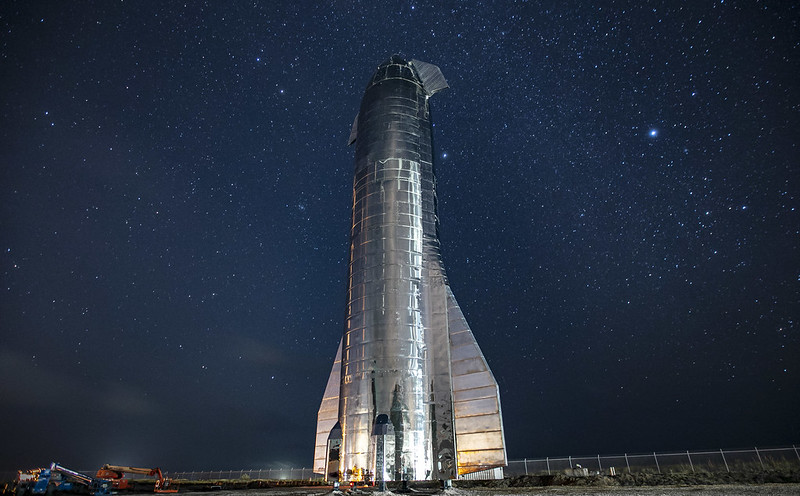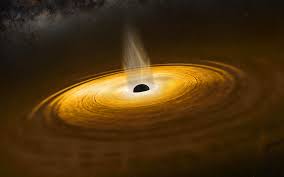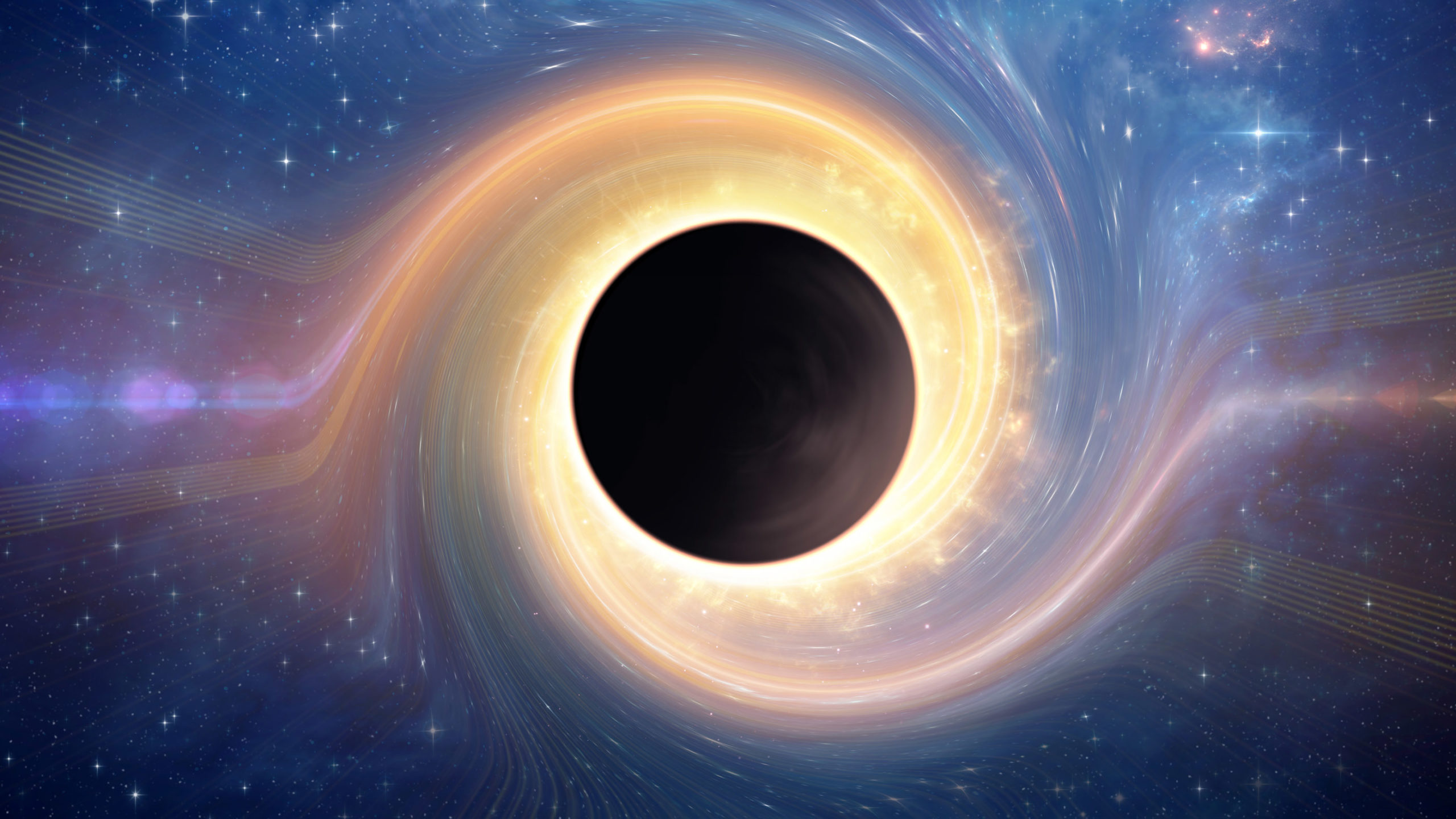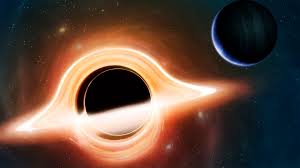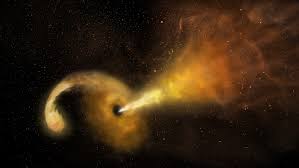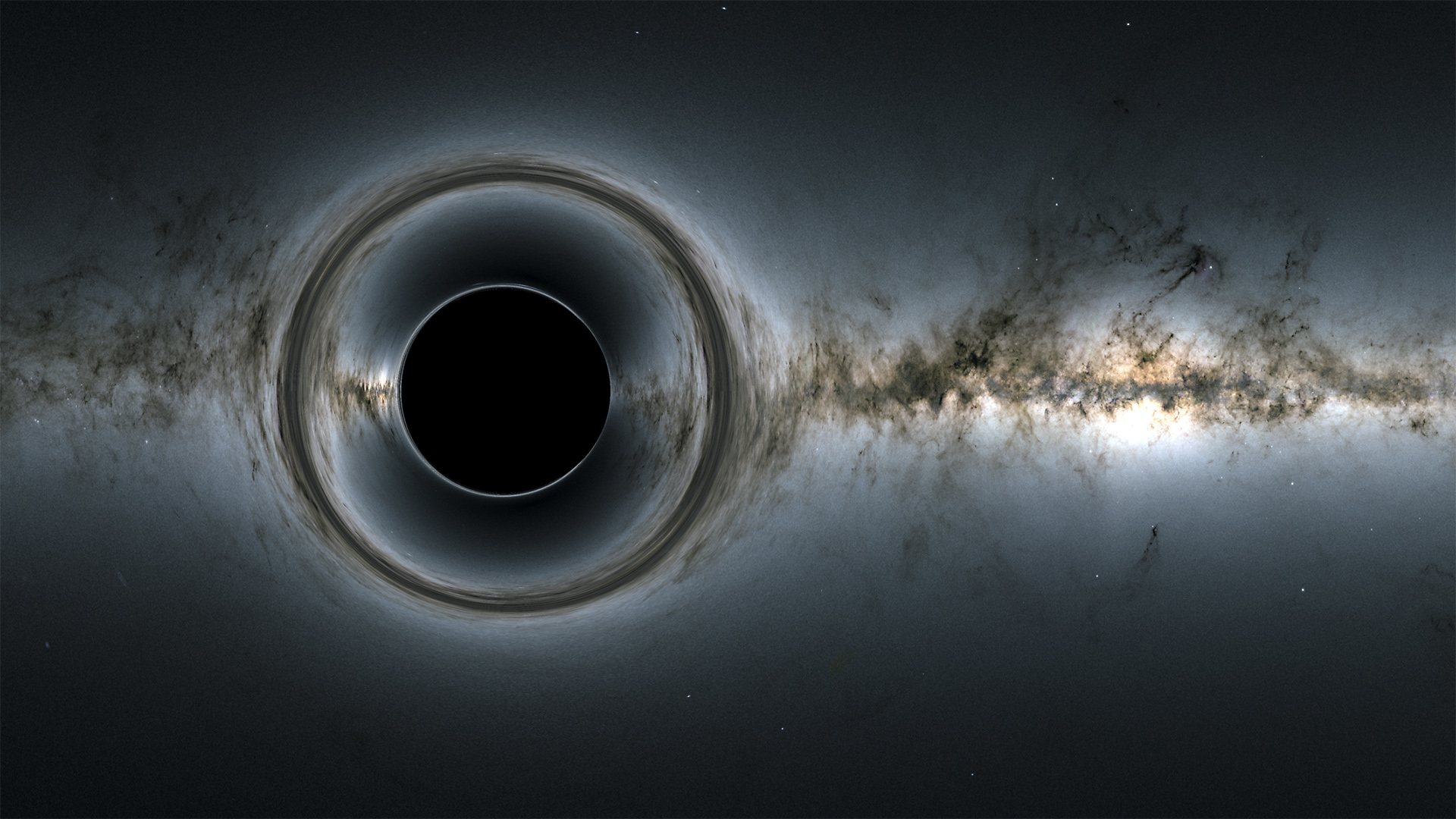We are here at the beginning of another week, and even though it might seem that the influx of news will calm down at least for a while due to the pre-Christmas period, or that perhaps we will also have some positive news after a year full of curiosities, the opposite is true. There will be some pleasant news, but it wouldn't be 2020 if scientists didn't inform us about a potential end of the world. This time, the imaginary doom is in the spirit of a dangerously close black hole, which, after a revision of calculations, is much closer than astronomers had previously thought. But we don't have to worry just yet - we won't just fall into the omnipresent darkness any time soon. So let's dive into the most interesting news of the day.
It could be interest you

The European Space Agency ESA is sending a giant claw into orbit. It's supposed to help clean up the cosmic mess
The title sounds like something from a typical sci-fi horror movie, but even in this case, you don't have to worry about anything. Behind the unconventional project is the European Space Agency, which came up with a brilliant idea to rid the orbit of the clutter that has accumulated in orbit over the past few decades. In total, our little planet Earth is orbited by up to 3 non-functioning satellites and 90 pieces of debris from rockets, space equipment and other projects of the past. It was scientists and engineers from the ESA agency who came up with a rather interesting and unique solution. It would be enough to create a kind of projectile claw that would capture these satellites and fragments and then throw them towards the earth's atmosphere, where it would commit harakiri.
Both the satellite and the special claw would burn up in the atmosphere and, according to calculations, would leave no debris behind. Although this idea may seem like an unsuccessful story from some futuristic novel, in practice, work on it began some time ago. ESA originally came up with such a solution, already in 2019. Since then, it has signed a contract with the Swiss startup ClearSpace SA, which, in cooperation with the agency, will start a mission to clean up the space mess. The first candidate for successful removal from the endless orbit of the Earth is the VESPA satellite, which served its noble purposes, but since then has been wandering aimlessly through space.
Earth has come 2 light-years closer to a massive black hole. The previous calculations were wrong
It wouldn't be 2020 without some more "positive" news that will put a smile on our faces and give us optimism. While a week ago we talked here about a potential alien invasion led by an unknown monolith in the American Utah, this time we have another curiosity. Scientists somehow miscalculated the distance of the Earth from the massive black hole in the middle of the Milky Way. As it turns out, humanity is closer to her than one might think. The black hole with the pleasant name Sagittarius A* has a mass of about 4 million Suns, and what it absorbs, it does not simply return. Altogether, this gigantic void is currently about 25 light-years from Earth, which is 800 closer than scientists had previously claimed.
But you don't have to start praying to cosmic Gods or extraterrestrial civilizations just yet. There is no imminent time-space absorption and we are still at a safe distance. After all, scientists are constantly working on more and more accurate models of the Milky Way, thanks to which they can catch similar situations in time and, above all, warn humanity. So if we were to disappear from existence definitively in the future, we will most likely find out in time. But this is definitely an interesting discovery, for which the Japanese astronomical project VERA is to blame. For several years now, he has been collecting data from the depths of space and trying to draw some conclusions from them, including creating models of our galaxy. We'll see what the future holds.
It could be interest you

The future is coming. Google Home lets you schedule commands up to a week in advance
If you actively use Google Home, especially to control the heating, lights, etc., then you have surely come across one ailment in the form of the fact that commands cannot be planned in advance and the artificial intelligence always reacts only to the current commands. If, for example, you wanted to turn off the lights in 10 minutes, or perhaps let the heating automatically turn off before the start of the day, you were out of luck. Fortunately, however, Google came up with a solution that turns the assistant in the form of Google Home into a helper that will do almost everything for you. Thanks to the new functions, you can schedule orders up to a week in advance. So if you want the water to heat up at a predetermined time, or the assistant to turn off after you leave for work, we have good news for you.
At the same time, you don't have to worry that Google Home will automatically repeat these commands until you cancel them yourself. After all, who would want to remember everything that artificial intelligence has set as a task. Fortunately, in this case, the expiration period works, when the given function is automatically deactivated after some time. So, for example, if you want to turn on the heating every time during the winter just before you get home from work, you just need to set the assistant to activate the central heating at a specific time throughout the week. If necessary, you can also use sunrise and sunset, which Google Home can calculate based on location and standard time. Thanks to this, it can automatically turn on the lights when it gets dark without your intervention.
It could be interest you
